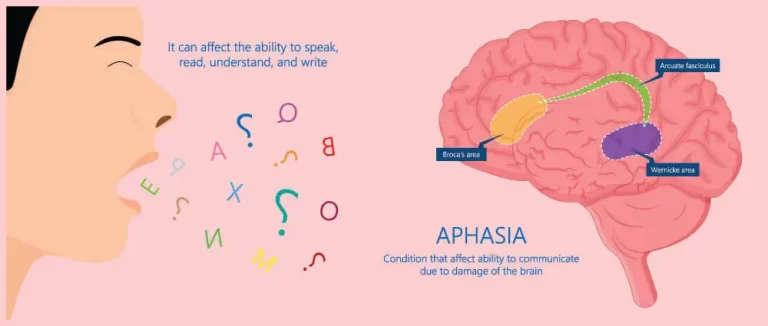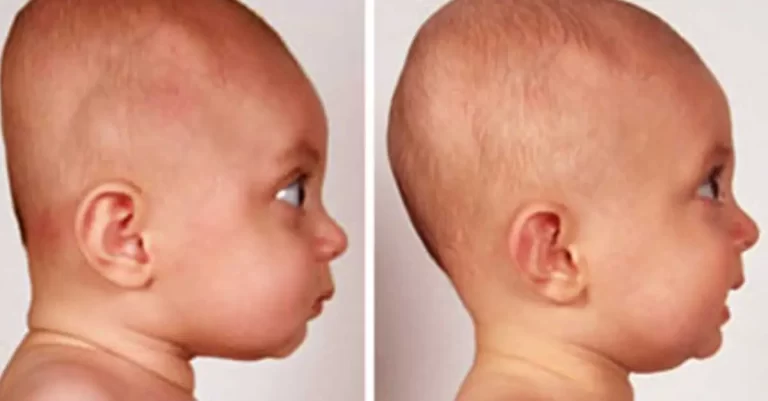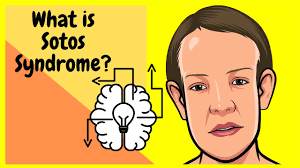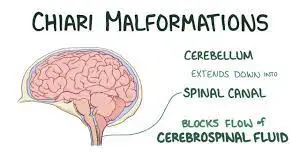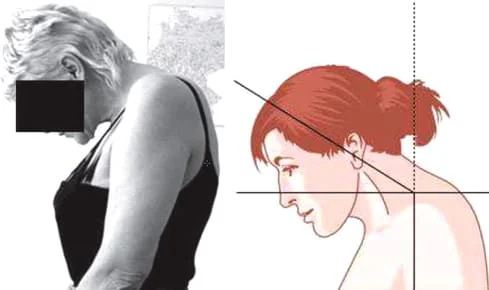Geniospasm
What is a Geniospasm? Geniospasm is a rare movement disorder that causes episodes of involuntary tremors of the chin and lower lip. The tremors can be mild or severe and may last from a few seconds to hours. They can occur spontaneously or be triggered by stress, excitement, or fatigue. Geniospasm usually begins in childhood…


